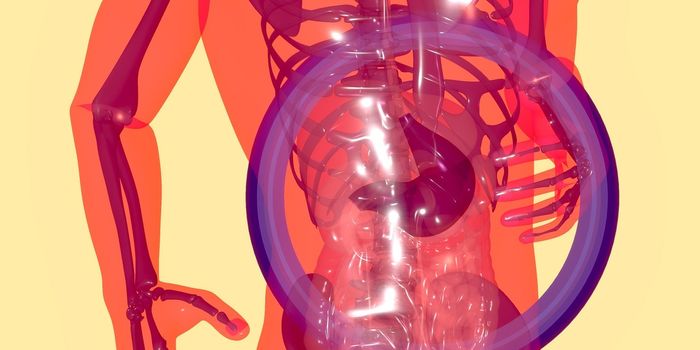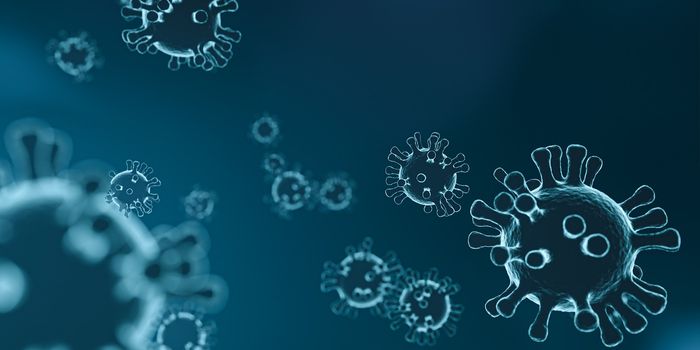Report on alcohol-related cancer incidence and mortality by state
New research published in Cancer Epidemiology suggests that alcohol consumption is associated with cancer incidence and mortality in the United States. According to the study from scientists at the American Cancer Society, the proportion of cancer cases attributable to alcohol consumption ranges geographically, but all 50 states and the District of Columbia showed a significant association.
Farhad Islami, MD, PhD, led the study, which is the first to look at proportions and counts of alcohol-attributable cancer cases and deaths for the nation by state. "This information is important for prioritizing state-level cancer prevention and control efforts to reduce alcohol consumption and the burden of alcohol-related cancers," explains Dr. Islami.
According to the findings, Delaware leads the nation in cancer incidence and mortality attributable to alcohol consumption (6.7% and 4.5%, respectively) while Utah holds the lowest incidence and mortality (2.9% and 1.9%, respectively). Generally speaking, the researchers found that proportions were higher in New England and Western states and lower in Midwestern and Southern states.
The team reports that the national average shows 4.8% of cancer cases and 3.2% of cancer deaths are attributable to alcohol consumption. These percentages are equivalent to approximately 75,200 cancer cases and 18,950 cancer deaths annually (during the period of 2013-2016).
It is important to note that certain cancers were more significantly linked to alcohol consumption and therefore raised the proportions by state. For instance, oral cavity/pharyngeal cancer cases accounted for high percentages of alcohol-related cancer cases in most states. Sex also was a significant factor, with men experiencing higher alcohol-related cancer cases and deaths.

The researchers say it is important to educate the public about alcohol-related cancers so as to improve awareness of the risks of alcohol consumption. “Implementing state-level policies and cancer control efforts to reduce alcohol consumption could reduce this cancer burden,” write the authors.
Sources: Cancer Epidemiology, Eureka Alert








